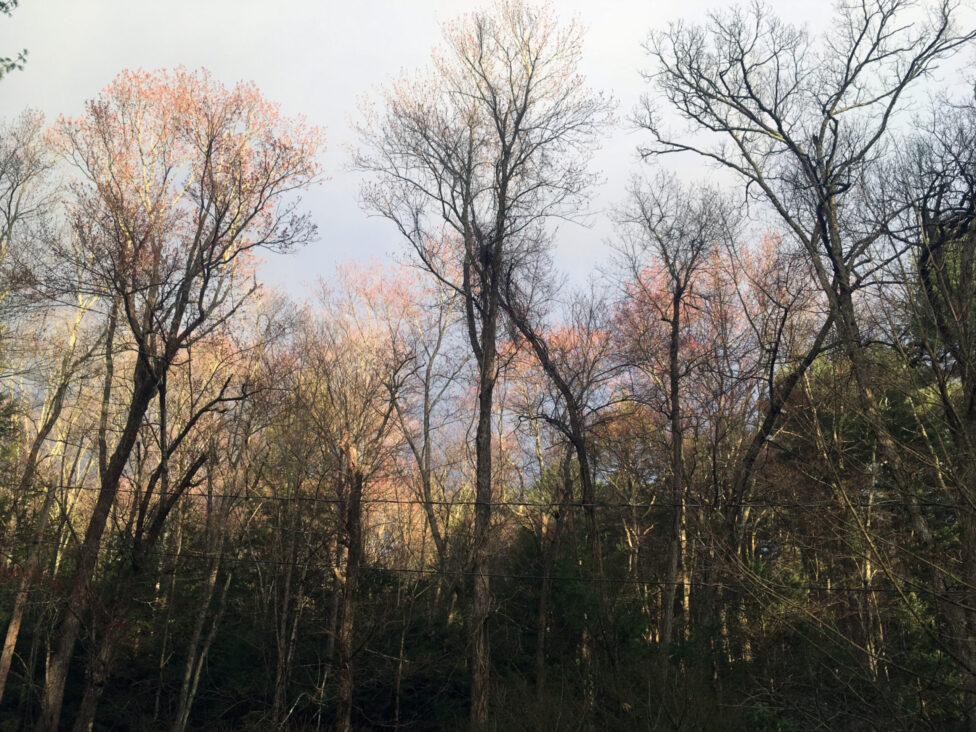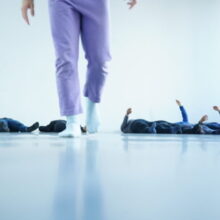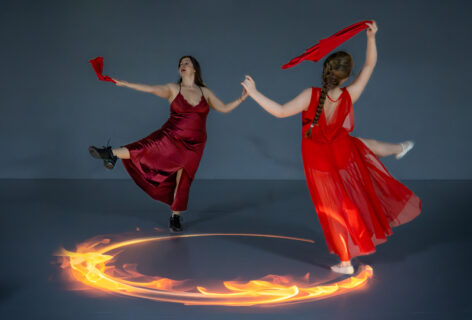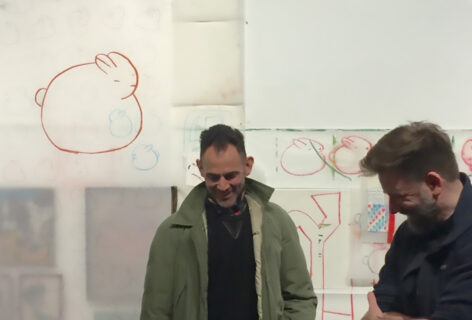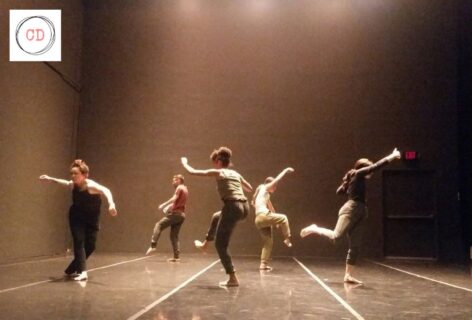SOLO
BY KIM BRANDT
I’ve lived in The City nearly half my life but never in Manhattan. I tried several times to move to the East Village over the years, the first neighborhood I got to know well. They were half hearted attempts, fueled by the nostalgic aura surrounding Dixon Place, a downtown living room loft performance space where I worked in the early 2000’s. Much of my time was spent visiting the East Village apartments of the artists showing work there – listening to a serenade from atop their loft beds, sharing cigarettes out their windows, feeding their elderly dogs. Their homes were of a time and a New York already disappeared, and I wanted to hang on to what I knew I’d never really grasp.
I got my wish a few months ago, the East Village walkup, but only because of a relationship ending. It was a temporary stopover on my way to a residency in Marfa, Texas – ill timed as I saw it because I was miserable, but well timed according to everyone else I know. They were right of course, and so I went to the high desert and was miserable there. I walked around and biked around and met someone I could share cigarettes with. I visited every concrete Judd box. I thought about Trisha, watching and rewatching Accumulation. I stood still inside a concrete bunker of a studio, leaned on the cold walls for hours on end, wondered how to dance, wondered what it is to make dance without the dancer.
It’s mid March and the East Village is slowing down, the whole city is, the streets slowly emptying out. David and I make a date for a socially distanced walk. It’s after sunset so I ask him to pick me up. We meet outside and he hands me my first cronut, in a cold Ziplock bag from the fridge, noting he’d packaged it with freshly washed hands. We walk to the grocery so I can buy vegetables; we don’t get Pom juice because that seems extravagant now that money is tight, or it will be soon, or we assume, and I lost my job the other day so it seems responsible to make a different choice. We walk by a friend’s apartment, they’re on the 7th floor and we try to talk but it’s hard and so everyone ends up just waving a lot. We stop by a magazine store I used to visit often – David knows they have hand sanitizer and masks, neither of which I’ve been able to find yet. We do a long loop from SoHo to the Lower East Side, past the old Dixon Place on Bowery, the Rice to Riches that is somehow still standing and open for business, past Ryan’s old apartment. We also pass the Planned Parenthood where the day before I saw a one woman protest, her picket sign denouncing abortion, circling around herself on what just last week was a bustling street. We stared at one other, the only two people around, until I told her to fuck off and forgot to take her picture. David and I talk about our personal lives; we wonder, like everyone else in the whole world, what will happen. We pass so few people on the sidewalks during this hour that it feels like we’re in some other city, and we agree that it’s the Downtown of our dreams, which our elders warned us against being nostalgic for. It’s time to go home, and I wonder where that is, along with when I’ll next see anyone I care about face to face.
Towards the end of the month we can still go for walks and I do so every day, very long ones that prioritize seeing trees and having some experience of Spring. I see the same people on these walks, not day after day but within one afternoon. I pass a man with his dog, and take note of him only because there is no one else around. After meandering around some neighborhood I see him again twenty minutes later – do I recognize this because am I looking more? Or looking better? Maybe just different visual information to organize, with so few people on the streets circumnavigating their directionless but purposeful paths. What was private management of personal loss, pre virus and post breakup, is now a shared experience. At the beginning of quarantine I felt optimistic about my new version of solitude and welcomed both its purpose and the company – alone together we could practice social solidarity, an investment in our collective safety. But as the pains deepen and widen, my time alone, my walking as thinking, feels something more like emotional idling.
My walks are organized around the weather, the goal being the most and warmest sun. It’s important to plan ahead and stop drinking liquids an hour before I leave so I don’t need a restroom; don’t go out in rain so that I don’t need to fuss around with an umbrella; pack some food in case I need it. I’m looking forward to a future walk to Chinatown where I’ll borrow a friend’s puzzle. I wonder if it is safe and responsible to meet Ryan on the bridge so we can at least see each other in person for a bit, even if at a distance. We decide to do it, the long journey to see his smiling face worth every effort. I haven’t seen someone I care about in person for almost two weeks. We walk for hours, talking about the people we know who are sick, and the people we know who aren’t, trying to enjoy the beautiful weather.
David was the first person to keep his distance, when we still went to shows and sat right next to one another and didn’t have masks on and kissed hello and goodbye. Upon greeting at the Kitchen to see Ralph’s show he kept some distance before we were all socially distancing, but after that we snuggled in together to watch the performance, dipped our chopsticks into the same bowls at dinner, hung out for a bit in his apartment. It’s unsettling it only took a couple weeks for me to now find those behaviors foreign. I can’t finish a movie because of the ongoing voice in my head screaming TOO CLOSE! at every single scene.
By April I’m in the country, and while my environment couldn’t feel more different, I feel the same. My least alone times are with my four year old nephew, who recently announced that this virus is weird. I asked him why and he said because we can’t touch anyone. I couldn’t agree more.
The country walks are still organized around the weather, still stopping drinking liquids before I head out, but I don’t pack food and I can manage the rain here. I walk alone and see the same strangers over and over, same as at home, but here, like in Marfa, most people wave at me. My quiet mornings consist of working in my little room, listening to the Brian Lehrer show, crying every time a caller thanks him for his public service. I take Cunningham class at 1pm, read and write, work on a puzzle, and think about the people I know who’ve died in the past few weeks, none of whom had the virus. This alone time is different because of living with others, hearing their movements and conversations in the other room, eating dinners together, hugging when it becomes safe. They will stay here when I go, and the wondering when it will make sense to leave is a daily solo practice.

